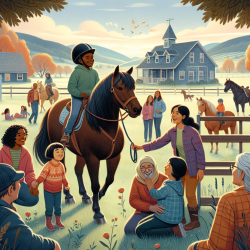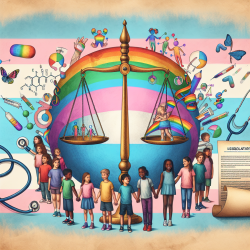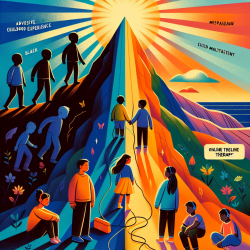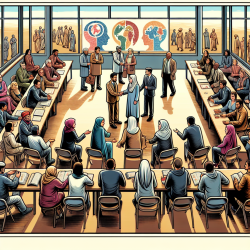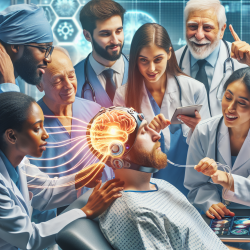Introduction
Therapeutic Horseback Riding (THR) has emerged as a promising intervention for children with disabilities, providing benefits that span physical, cognitive, and psychosocial domains. A recent study published in the International Journal of Environmental Research and Public Health explored parental perceptions of changes in their children's basic life needs after six months of THR. This blog delves into the findings of this study and discusses how practitioners can leverage these insights to enhance therapy outcomes.
Understanding the Study
The study involved parents of 13 children with disabilities who participated in a six-month THR program. Parents observed and reported changes in their children's basic life needs, guided by Virginia Henderson's need theory. The qualitative content analysis revealed positive changes in 11 out of 13 children, particularly in areas such as communication, movement, and independence.
Key Findings
- Improved Communication: Parents noted enhanced communication skills, with children showing increased willingness to interact with others and express themselves.
- Enhanced Mobility: Many children demonstrated better posture, coordination, and movement, contributing to greater physical independence.
- Better Sleep and Appetite: Several parents reported improvements in their children's sleep patterns and appetite, leading to overall better health and well-being.
- Increased Confidence and Independence: Children exhibited higher levels of self-esteem and independence, particularly in personal hygiene and dressing.
Implications for Practitioners
For practitioners, these findings underscore the importance of incorporating parental insights into therapy planning. By understanding the specific areas where children show improvement, therapists can tailor THR programs to meet individual needs more effectively. Additionally, the study highlights the potential of THR to complement other therapeutic interventions, offering a holistic approach to enhancing children's quality of life.
Encouraging Further Research
While the study provides valuable insights, it also points to the need for further research. Expanding the sample size and exploring the long-term effects of THR could provide a more comprehensive understanding of its benefits. Practitioners are encouraged to collaborate with researchers to explore these areas, contributing to the growing body of evidence supporting equine-assisted therapy.
Conclusion
The positive changes observed in children with disabilities after participating in THR highlight the transformative potential of this therapeutic approach. By integrating parental perceptions into therapy planning and encouraging further research, practitioners can enhance the effectiveness of THR programs. For those interested in exploring the original research, please follow this link: Parental Perception of Changes in Basic Life Needs of Children with Disabilities after Six Months of Therapeutic Horseback Riding: A Qualitative Study.
